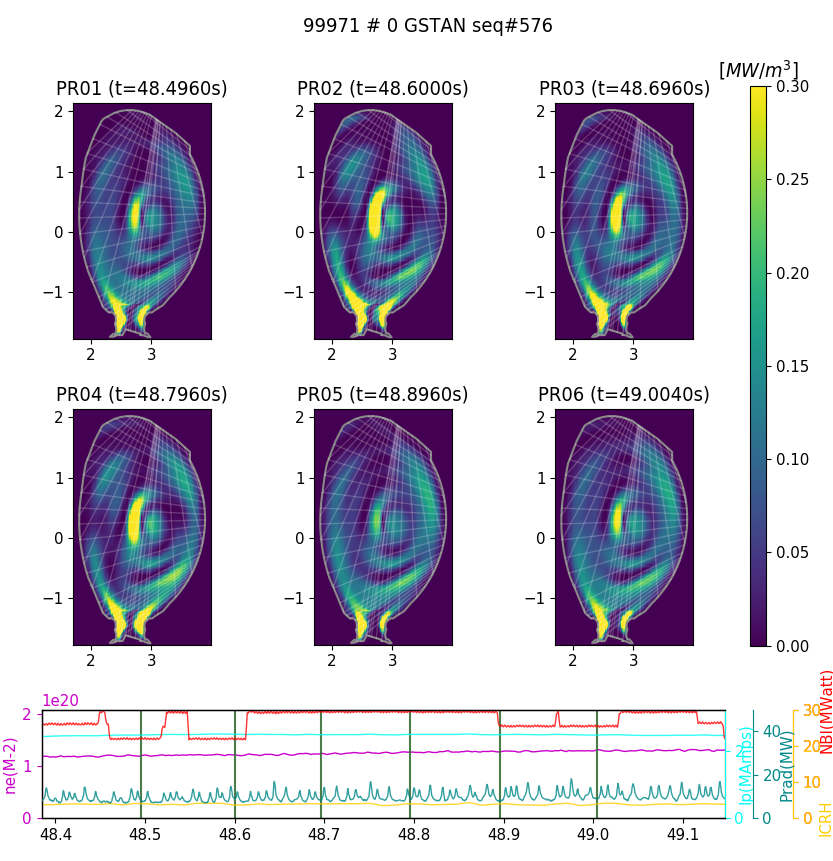Lithuanian Energy Institute contributes to fusion research at JET facility

Fusion, the mechanism that drives stars as the Sun, provides a near-infinite green electricity supply in the long-term, utilizing modest quantities of fuel that can be produced globally from low-cost minerals. Fusion is a process in which atoms of light elements as hydrogen are fused together at high temperatures to generate helium and release enormous amounts of energy as heat. Fusion is intrinsically safe since it can’t initiate a chain reaction.
Joint European Torus (JET), which reaches temperatures 10 times higher than the Sun's core, is a critical test facility for ITER, one of the world's largest joint research fusion projects. This bigger project and other future power plants will utilize the same deuterium-tritium (DT) fuel mix and operate under identical conditions as the present record-breaking JET machine.
JET has set a new world record by producing 59 MJ of heat energy from fusion in a five-second period. JET averaged roughly 11 MW of fusion power throughout this experiment, compared to 22 MJ of heat energy with a peak power of 16MW back in 1997.
Scientists and engineers working on the JET showed 59 MJ of sustained fusion energy. More, LEI scientists are investigating the experimental data from bolometers produced from the campaign dedicated to DT fuel mix at JET as part of the EUROfusion initiative.
The bolometric measurements of energy losses with electromagnetic radiation and neutral particles, which is a key diagnostic tool for hot plasmas, are required for data analysis of the DT campaign's experiments.
When measuring the spatial distribution of radiation losses at JET, where the plasma has a complicated structure, numerous multichannel bolometric arrays with distinct lines of sight are mounted in a poloidal cross-section.
Furthermore, for radiative experiments, additional channels are employed to establish the radiation loss distribution in the divertor region. Tomography is used to rebuild the local emissivity (in W·m–3) profiles from a sequence of line-of-sight integrated brightness (in W·m–2)) observations.
The radiated power in tokamaks is supplied by JET bolometer tomography reconstruction as a consequence of the data analysis. In addition, for the examination of plasma and impurity transport in the DT experimental campaign, energy balance, dependency on discharge, and the time evolution of radiation loss profiles are provided by LEI scientists. Indeed, the record braking pulse (see Figure below) is also being analyzed here at LEI.

Gediminas.Stankūnas
Lithuanian Energy Institute
Gediminas.Stankunas@lei.lt